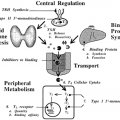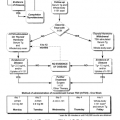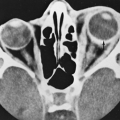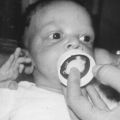THYROID SONOGRAPHY, COMPUTED TOMOGRAPHY, AND MAGNETIC RESONANCE IMAGING
Manfred Blum
Thyroid goiters and nodules are common disorders, whereas thyroid malignancies are relatively rare. The main purpose of sonography (ultrasonography), computed tomography (CT), and magnetic resonance imaging (MRI) of the thyroid gland is to help to confirm the diagnosis and to assist in planning therapy. Imaging should not be used routinely in screening procedures because it is not efficient in establishing the likelihood of cancer in a thyroid nodule. Although percutaneous needle biopsy is the most specific diagnostic tool for this purpose, its limitations are evident. Decision analysis has indicated that no single test is best; therefore, several tests continue to be needed.1 Appropriate clinical diagnosis and management depend on a familiarity with these tests and their applicability.
Technologic advances have provided several methods that image the thyroid gland and surrounding tissues. In an era of cost containment, the physician must choose diagnostic tests carefully, selecting only those that contribute meaningfully to management.2 The imaging findings complement information gained from the history and physical examination; these techniques do not supplant good clinical skills. Indeed, the results of these tests may be confusing and may lead to an erroneous diagnosis when taken out of clinical context; however, when appropriately used and interpreted, they are extremely useful.
Stay updated, free articles. Join our Telegram channel

Full access? Get Clinical Tree







